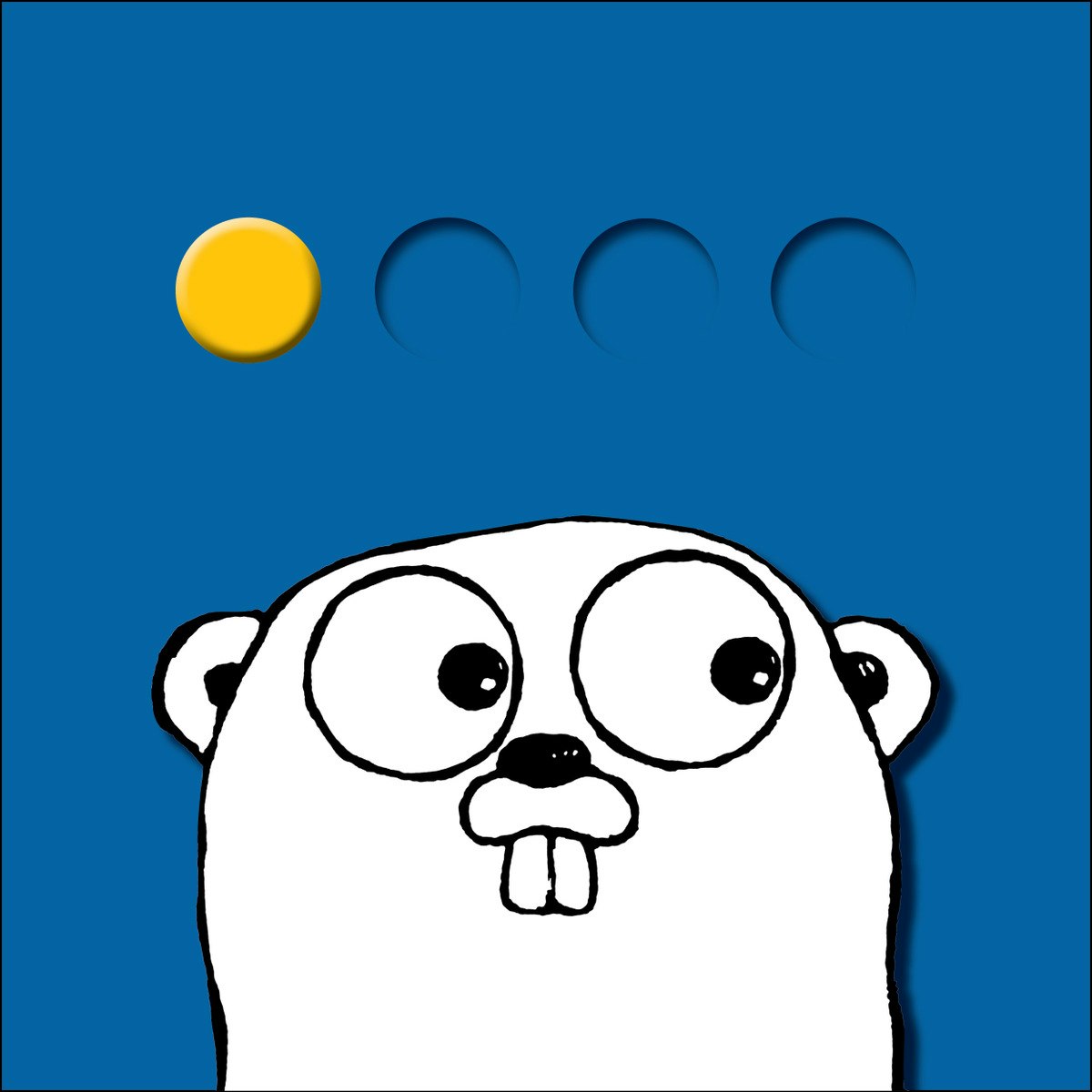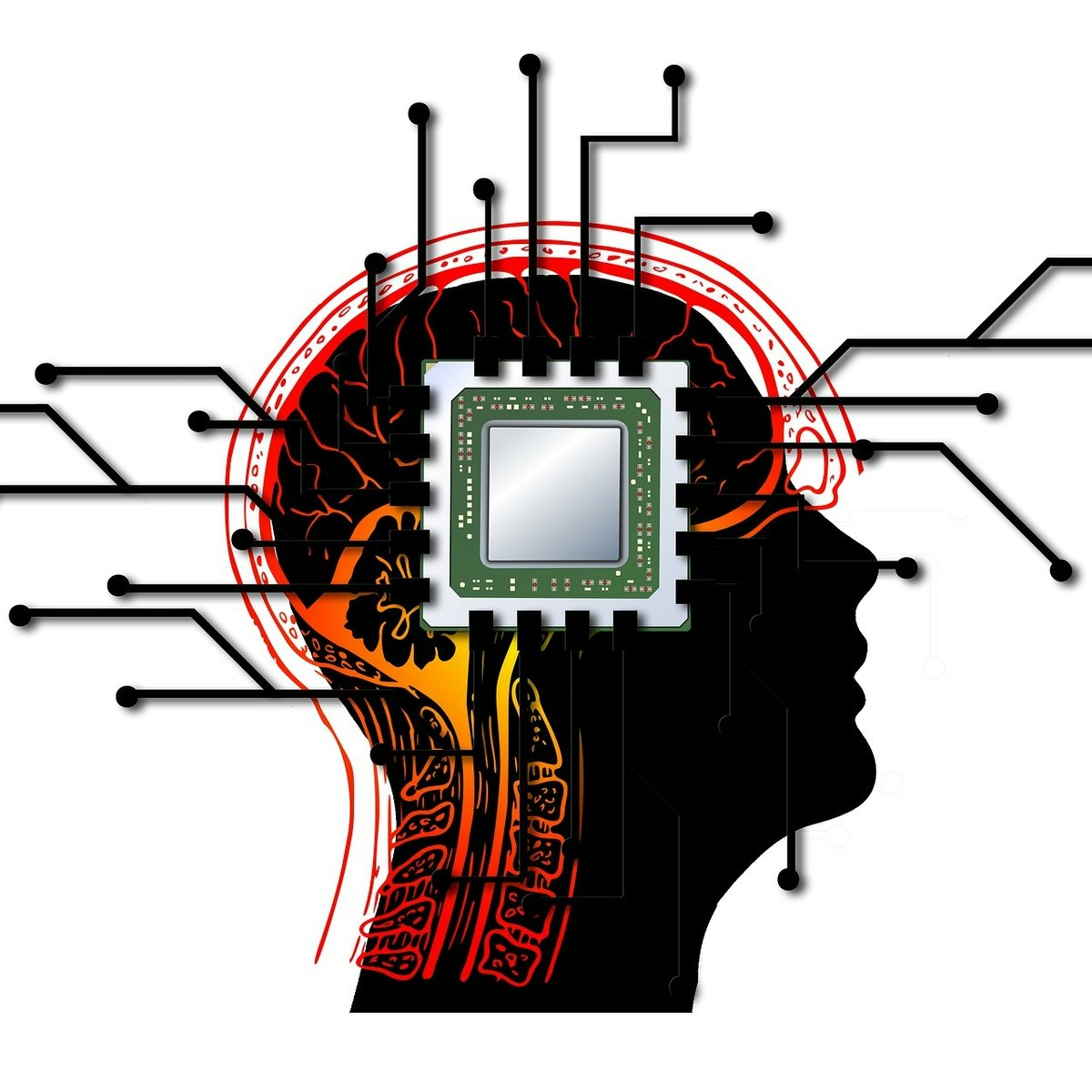Back to Courses









Computer Science Courses - Page 52
Showing results 511-520 of 2309

Getting Started with Go
Learn the basics of Go, an open source programming language originally developed by a team at Google and enhanced by many contributors from the open source community. This course is designed for individuals with previous programming experience using such languages as C, Python, or Java, and covers the fundamental elements of Go. Topics include data types, protocols, formats, and writing code that incorporates RFCs and JSON. Most importantly, you’ll have a chance to practice writing Go programs and receive feedback from your peers. Upon completing this course, you'll be able to implement simple Go programs, which will prepare you for subsequent study at a more advanced level.

Secure Networked System with Firewall and IDS
In this MOOC, we will focus on learning how network systems are secured using firewalls and IDS. This will include understanding the basic components of network security, constructing a dual-firewall DMZ, and defining security policies to implement and enforce these rules. Building upon these lessons we will go in-depth on the popular Linux firewall. Finally we will learn about Network IDS and Host IDS, including a deep dive into Snort.

What is the Metaverse?
The metaverse isn’t just for gamers or developers, it will be for everyone. In this free course from the experts at Meta, you’ll learn what the metaverse is, what it means for our world today and into the future, and the opportunities it presents for both professionals and businesses.
Understand the metaverse fundamentals
Experts will guide you through a broad range of topics spanning the metaverse ecosystem, from communication and collaboration to NFTs and cryptocurrency, from avatars and devices to platforms and game engines. You’ll learn about augmented reality (AR), virtual reality (VR), extended reality, NFTs, blockchain, web3, cryptocurrency, and more.
Discover new ways to connect, learn, and work
The metaverse provides new ways to connect people, websites, platforms and realities. You’ll explore how it will enhance online social experiences, the future of work and learning.
Opportunities for professionals and businesses
The metaverse will be built by everyone, with creative and practical applications being developed every day by imaginative people. Learn how the metaverse will be applied in areas like healthcare, education, city planning, art, and more—and how you can start creating these experiences today. You’ll also learn how the metaverse can make the world a more diverse, equitable, and inclusive place.
By the end of the course, you’ll be equipped with the fundamental knowledge of the metaverse to determine future areas of interest, learning, or professional growth.

Cloud Computing Concepts, Part 1
Cloud computing systems today, whether open-source or used inside companies, are built using a common set of core techniques, algorithms, and design philosophies – all centered around distributed systems. Learn about such fundamental distributed computing "concepts" for cloud computing.
Some of these concepts include: clouds, MapReduce, key-value/NoSQL stores, classical distributed algorithms, widely-used distributed algorithms, scalability, trending areas, and much, much more!
Know how these systems work from the inside out. Get your hands dirty using these concepts with provided homework exercises. In the programming assignments, implement some of these concepts in template code (programs) provided in the C++ programming language. Prior experience with C++ is required.
The course also features interviews with leading researchers and managers, from both industry and academia.

What is “the mind” and what is artificial intelligence?
In this course, we will explore the history of cognitive science and the way these ideas shape how we think of artificial cognition.

Create a Selection Highlight with Unity Shader Graph
Shaders provide color and texture and some stunning visual effects to any game. Traditionally, shaders are written in code, and can be very complex to develop. Unity has introduced Shader Graph, a visual tool that allows non-coders to produce their own special-effect shaders. A highlight shader is a common effect in games, giving visual feedback to players as they search for interactible objects in a scene.
In this one-hour, project-based course, you'll learn how to create a highlight shader using Unity's node-based Shader Graph. You'll become familiar with some of the basic nodes and their functions, building up a fully functional shader that has a configurable highlight component. You will also learn how to expose node properties to the Unity Inspector, allowing developers to use your shader just like any other in the editor.
The guided project will introduce you to the following Unity concepts:
- Shader Graph
- Materials
- Simple coding techniques including Materials.

Technical Support Case Studies and Capstone
This course allows you to show what you’ve learned in the previous IT Technical Support professional certification courses and apply that knowledge to realistic situations.
The IT Technical Support Capstone leads you through a series of technical support case studies that require hands-on work to resolve. You will practice analyzing user help requests and troubleshooting various issues. You’ll demonstrate your knowledge of hardware, software, networking, security, and cloud computing. You’ll also demonstrate your understanding of escalation, levels of support, ticketing systems, and other support tools and systems. And along the way, you’ll show what you’ve learned about the essential communication and customer service skills for effective technical support.
By the end of the course, you will better understand how to use your technical support skills in everyday professional settings. You’ll also be prepared to take the CompTIA ITF+ exam for certification.

Database Design and Diagramming in Dia
In this course you will be introduced to the process of designing a database. The old saying about a picture being worth a thousand words rings true in the database design process. Database designers document their designs using diagrams. To document your basic design, you will use a diagramming tool called “Dia”. You will review user requirements to identify the categories of data that will need to be included in the database, and then fill out those categories with details. You will also determine how the categories are logically related. Using Dia, you will document your logical database design using a standard database design diagram called an Entity Relationship Diagram. Generating the ERD is an important step in the database design process.
Note: This course works best for learners who are based in the North America region. We’re currently working on providing the same experience in other regions.

Dialogflow CX: Bot Building Basics
This is a self-paced lab that takes place in the Google Cloud console.
Build a conversational agent using Dialogflow CX. Dialogflow CX provides a simple, visual bot building approach to virtual agent design. Bot designers now have a much clearer picture of the overall bot building process and multiple designers are able to easily collaborate on the same agent build. Dialogflow CX supports many languages for your agent to use and understand, but this lab will be using only English.
In this lab you will build a conversational agent using Dialogflow CX.

Develop and Deploy Windows Applications on Google Cloud
Learn to deploy and run Microsoft Windows® applications on Google Cloud. Through lectures and hands-on labs, learn how to configure and run Microsoft Windows and Microsoft SQL Server in Compute Engine. You will also learn how to develop and deploy ASP.NET applications and deploy them to Compute Engine, App Engine, and Google Kubernetes Engine.
